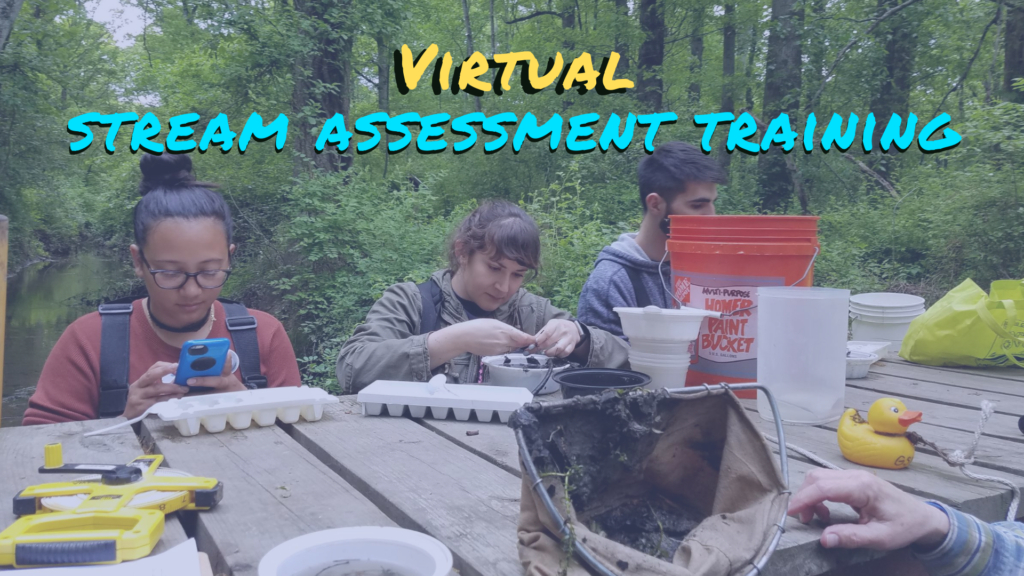Welcome to the GSWA Stream Assessment Training Self-paced Guide
At GSWA, we believe that clean and healthy streams are essential for both New Jerseyans and our environment. As part of our mission, we conduct water quality testing to measure the health of our waterways. We rely on the support of our dedicated ‘Stream Team’ members to carry out these assessments, and their contributions enable us to respond effectively to water quality issues and any contamination we find in our water.
Are you interested in becoming a visual stream assessment volunteer? This self-paced, four-part series is designed to provide you with all the knowledge and skills you need to become a fully trained volunteer capable of conducting stream assessments. By completing this training, you will be equipped to make a positive impact on the health of our waterways. You can also participate in our public stream assessment training sessions held annually in the spring and fall. Check our Events Page for more details.
However, even if you’re not ready to commit to becoming a volunteer, you can still benefit from this training course. Feel free to explore the modules and learn more about rivers and streams at your own pace. You don’t have to be a volunteer to spot signs of pollution – this guide will help you develop the skills to identify and understand various indicators of pollution.
By the end of the self-paced guide or public training, you will have the knowledge and confidence to contribute to the preservation of our water resources. Whether you become a Water Quality Stream Team Volunteer or simply gain a deeper understanding of river ecosystems, your efforts will make a difference. Join us in our mission to safeguard the health of New Jersey’s streams. Together, we can create a cleaner and healthier environment for all.
Complete each of the four sessions of this self-page guide:
Session 1: Explore the types of streams in our area, different characteristics of a stream and why they are important, and how to draw a basic sketch of your stream.
Click HERE for Session 1 Stream Assessment Training Guide. Covers how to complete pages 1 and 2 of the NJDEP Habitat Assessment- High Gradient.
Session 2: Learn about Habitat parameters such as habitat cover, silt/sediment, and streamflow.
Click HERE for Session 2 Stream Assessment Training Guide. Covers how to complete page 3 of the NJDEP Habitat Assessment- High Gradient.
Session 3: Covers the remainder of the habitat parameters looking at riffles and the vegetation buffers along the stream side.
Click HERE for Session 3 Stream Assessment Training Guide. Covers how to complete pages 4 and 5 of the NJDEP Habitat Assessment- High Gradient.
Session 4: Will teach you how to measure current flow.
Click HERE to watch video on Flow for Visual Stream Assessments.
Further Reading:
